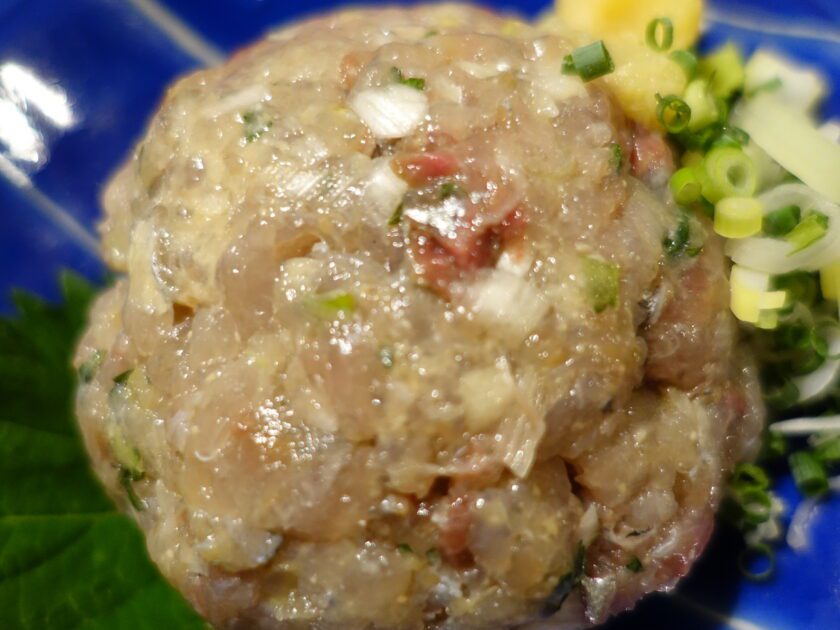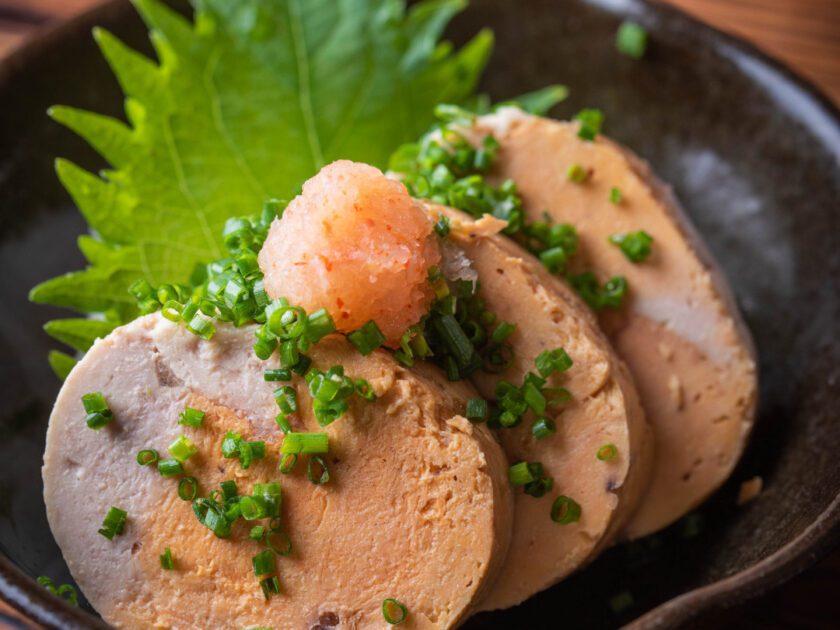Chiba Prefecture’s recommended local cuisine
Chiba Prefecture’s recommended local cuisine Table of contents 1. “Futomaki zushi (Thick roll sushi)” 2. “Seguro Iwashi no goma zuke (pickled anchovy in sesame)” 3. Other local dishes “Namero” 4. Other local dishes “San ga Yaki” The recommended local dishes of Chiba prefecture are “Futomaki zushi (Thick roll sushi)” and “Seguro Iwashi no goma zuke (pickled anchovy in sesame)”. Both have been selected as one of the “100 Best Local Cuisine” by the Ministry of Agriculture, Forestry and Fisheries. 1. “Futomaki zushi (Thick roll sushi)” The history of “Futomaki zushi (Thick roll sushi)” dates back to the late 1700s. Farmers in Chiba Prefecture have eaten “Taimaki Zushi” at annual events and ceremonial occasions such as festivals, peach festivals, cherry blossom viewing, and entrance ceremonies. “Futomaki zushi (Thick roll sushi)” is eaten all year round. It features a gorgeous design of the cross section when a thick roll is cut. However, sushi with flashy colors cannot be made at the funeral. Below is a photo of the Ministry of Agriculture, Forestry and Fisheries website. 2. “Seguro Iwashi no goma zuke (pickled anchovy in sesame)” “Seguro Iwashi no goma zuke (pickled anchovy in sesame)” is a traditional food that preserves the


